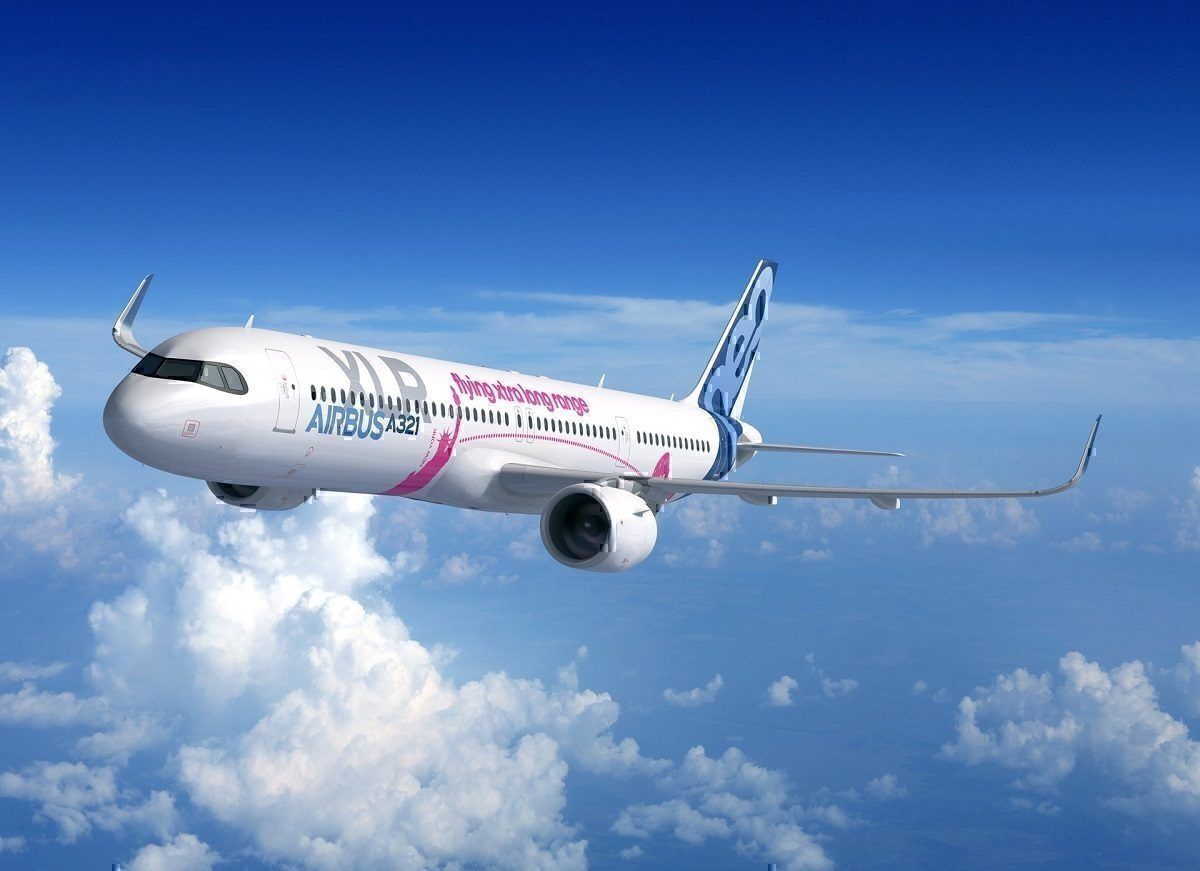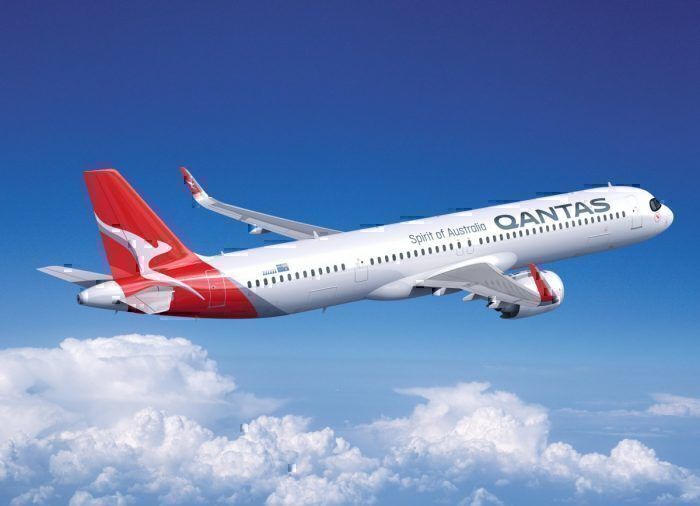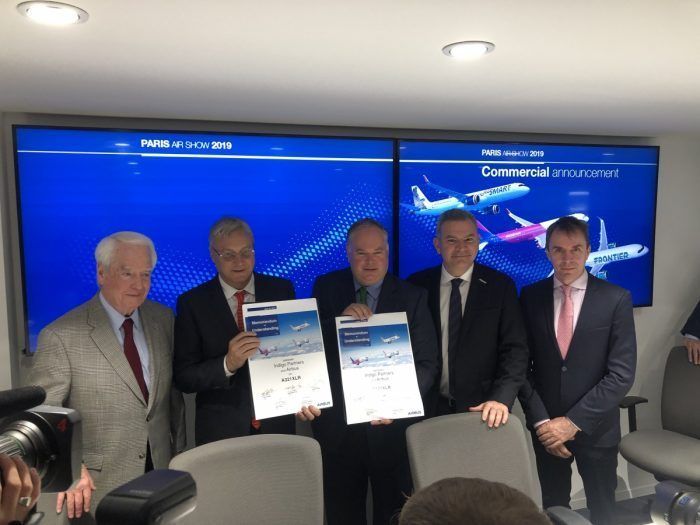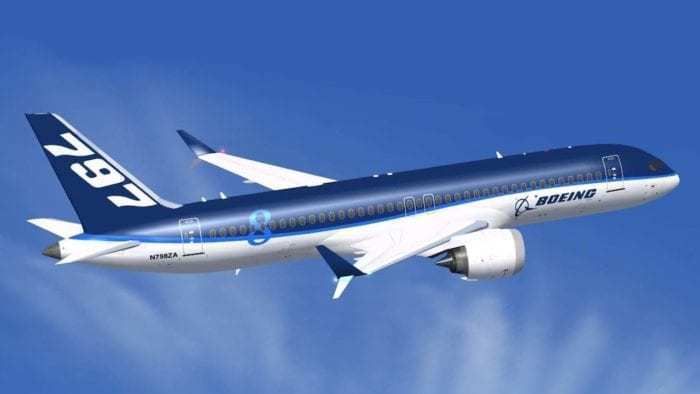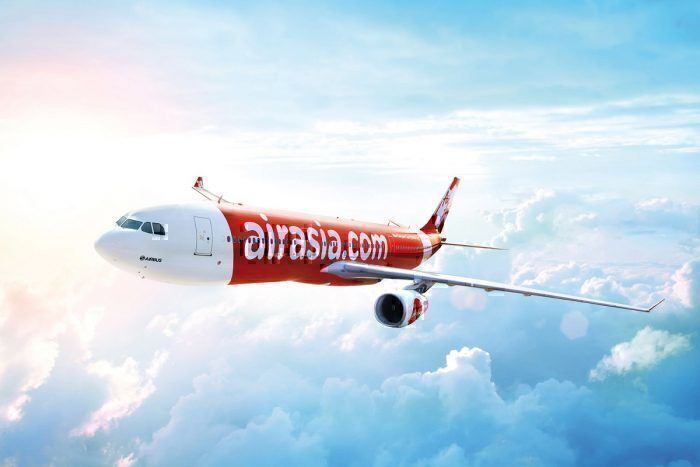Aircraft orders at air shows are not as straightforward as they might seem. While headline figures may look promising, underneath all that it’s not always the whole picture. An order of 50 planes is often really a conversion of lots and a new order of a few, whereas other orders may be outright brand new sales. Order upsizing is incredibly common, particularly in the Airbus camp, and makes it rather difficult to figure out exactly how well the sales are going.
This year’s Paris Air Show has seen a flurry of orders for Airbus, in particular the A320 family. This includes the A319, the A320 and the A321 as well as their neo, LR and now XLR versions. According to figures disclosed this morning at the Air Show, Airbus had sold 254 of the type, including 127 A321XLR.
However, in addition to this, there have been a number of order changes, as airlines ‘upsize’ their outstanding orders to take advantage of new, bigger models. The Qantas ‘order’ of 36 included 10 new A321XLRs and 26 conversions from an existing A321neo order.
Indigo’s massive 50 plane order for the XLR was actually 32 new ones and 18 conversions. American Airlines ordered 50 of the new A321XLR, but 30 of these were conversions from A321neos. Flynas upsized their order of 10 A320neos to A321neos, and at AirAsia, they upsized 253 of their A320neos to the larger A321neo instead.
As such, there were far more ‘orders’ for the A321XLR that might have been evident by the Airbus headline order figure, as airlines took advantage of easy upsizing to make the most of the newly announced plane.
Upsizing the order
The ability to upsize an order quite as easily as they can is a massive advantage to airlines. Essentially, they have booked their place in the manufacturer’s production queue with their initial order, but as a new aircraft is announced or their operational needs change, they have the ability to upsize.
Christian Scherer, Chief Commercial Officer at Airbus, put it beautifully the press conference announcing the Indigo A321XLR order:
“The beauty of the XLR is that it is an A321, and the A321 is part of a family of aircraft that Airbus produces and as you know the industrial system can indifferently be dialled to 319s, 320s, 321s and all of their versions. While this order is for 321s, large customers benefit by definition from the flexibility that our product family offers.“
The ‘dialling’ of the system is exactly why the Airbus A320 family has been so successful. With just one basic plane, airlines have options for a whole variety of range, capacity and size variations, without any significant impact to their operations. They can use the same tools, the same pilots, the same parts… as they are all essentially the same plane.
This puts Airbus in a unique and powerful position to offer airlines increased flexibility to change and modify orders that were placed long ago.
Better than another plane?
For Boeing, the ability to cover the middle of the market effectively is more than a case of just upscaling the 737. As we’re all painfully aware, their last attempt at increasing the range and capacity of the aging airframe hasn’t been going so well.
Hence, they’re looking to the 797 as an NMA contender. They’ve even said they’ll target the smallest variant first, the 797-7, which breaks with Boeing tradition and would put it closer to competing with the XLR. Even so, any iteration of the 797 is still some years away.
At the same press conference, Scherer added,
“This airplane just adds a payload and range increment to the existing product offering that we have and we’re able to do so for a fraction, literally a fraction, of the cost of a new aircraft development.”
This is a further advantage for Airbus customers, as not only will they not need to offset the cost of new aircraft developments when they purchase, they also won’t have to wait for all the testing and certification to take place either. The bottom line: they get a better plane for less money, faster.
Can you downsize as well as upsize?
At the Indigo Partners press conference, this exact question was asked. Although Scherer was keen to avoid comment on the question, József Váradi, CEO of Wizz Air, did suggest it would be possible, saying,
“Yes, there are flexibilities contractually in converting up and down but, as Christian (Scherer) said, we’re not here to comment on the specifics of that.”
So, it seems that airlines could, if they wanted, slip down a notch in the Airbus A320 family without too much trouble. But, if it’s only cost them a ‘fraction’ more to have a far more capable aircraft, why would they ever want to?

